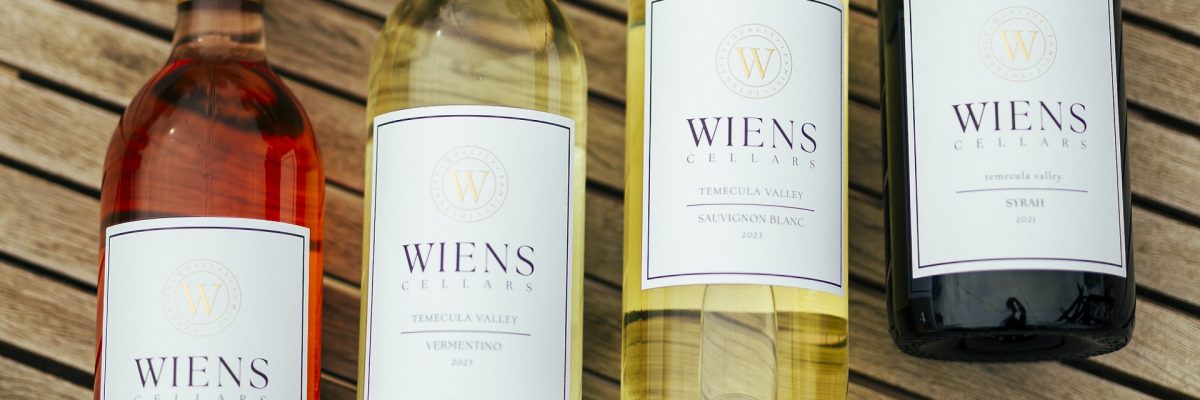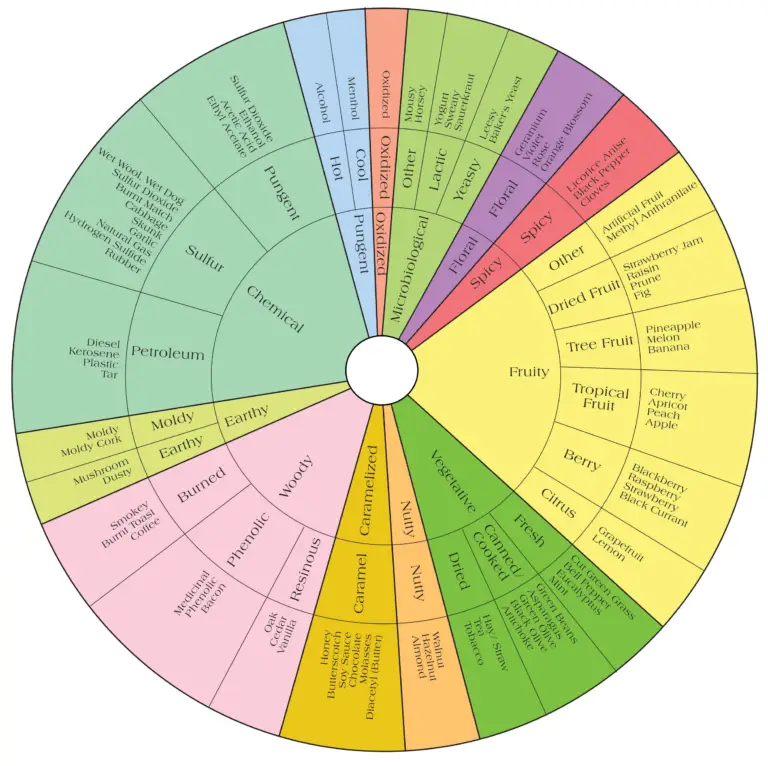
Ever heard someone describing a wine & wonder what in the world they’re talking about? Same here. So, let’s talk wine vocabulary. Along with descriptors of wine, there are several aromas that may be hard to pinpoint if you’re new to tasting. Because of this, I thought it would be helpful to be more visual this time with definitions & graphics. It’s easy to get lost in the unfamiliar jargon associated with wine—Let me break it down for us.
Don’t be discouraged, a lot of it is simpler than you’d think, just like I said: unfamiliar—that’s all!
First up, 50 definitions to keep in your back-pocket:
acidic – The level of tartness in a wine. The more acidic, the sourer the wine is. This descriptor can also have a negative connotation, if it becomes too intense.
angular – When a wine feels rough or brassy inside your mouth. Usually, younger wines are described this way because they haven’t had the benefit of time to soften them up (the opposite of round*).
appellation – Where the grapes were grown. In the United States, appellations are called American Viticultural Areas (AVAs).
approachable – A wine that is accessible or easy to drink.
astringent – Causing a drying feeling in your mouth, typically caused by tannins*.
baked – When a wine smells or tastes like overripe or cooked fruit. Usually, this is due to just that – grapes have been overheated from the sun, or on the vine too long.
balanced – All flavors & aromas are in symmetry, not one thing stands out more than another.
big – A full-bodied* wine with high alcohol content & exploding with flavor (can also be described as beefy or brawny).
body – The result of thickness or weight on your palate. Often compared with milk; a light-bodied* wine is similar to the feeling of drinking non-fat milk, medium-bodied* is like whole milk, & full-bodied* would be more like creamer.
buttery – The wine smells or tastes like butter or cream.
chewy – The wine texture is thicker, like you could chew it.
cloying – When a wine is aggressively sweet, it doesn’t offer enough acidity to balance* it out.
complex – There is a lot going on. The flavor profiles & scents are extensive & constantly changing (can also say it is deep/has depth).
creamy – A wine with a rich & velvety texture (can also say lush) (the opposite of thin*).
crisp – Refers to the level of acidity*. If something is ‘crisp,’ it means it’s on the sourer side.
delicate – When a wine is on the calmer side, having fine, fixed flavors (the opposite of big*, beefy, or brawny).
dry – Refers to sugar levels; a wine that isn’t sweet.
earthy – When the wine smells or tastes similar to the earth, like barnyard, dirt, mushrooms, forest floor, gravel, limestone, etc.
flabby – A negative term for a wine without enough acidity* (too plump*).
finish – The aftertaste of a wine, the last impression on the palate.
flat – A wine without any acidity*, lacking a crisp* finish*.
floral – When a wine smells like flowers (common aromas are rose, honeysuckle, & citrus blossom).
fruity – When a wine is dominated by fruit flavors & aromas (can also be described as fruit-forward).
full-bodied – A wine with more weight, feeling thicker on the palate.
grassy – Having the taste or aroma of fresh-cut grass (common in Sauvignon Blanc).
green – When a wine tastes underripe, can often result in flavor profiles of bell pepper or sometimes jalapeños.
herbal – A wine resembling herbs such as: basil, mint, rosemary, sage, thyme, etc.
hollow – When a wine lacks body*.
hot – A derogatory term meaning a wine’s alcohol is excessively unbalanced, making it overpower all other flavors.
inky – Having an intense or saturated purplish black color.
lean – When a wine is light but firm (the opposite of big*, brawny, or beefy).
light-bodied – A wine that is light on the palate.
lively – When a wine has a higher level of acidity*, can make your mouth water.
meaty – Either referring to a wine that smells or tastes like meat, or a chewier texture of the wine itself.
medium-bodied – In between light-bodied* & full-bodied*, medium weight on the palate.
minerality – A term used to describe flavors & aromas of wine that are similar to minerals like rocks, wet gravel, or limestone.
mouthfeel – Sensations occurring inside the mouth during wine tasting (can be described as smooth*, sharp, etc.).
oaky – When a wine tastes or smells like oak, or its respective flavor profiles like vanilla, marshmallows, butterscotch, coffee, chocolate, etc. (can also be described as toasty).
plump – A lush wine with robust fruit flavor.
powerful – A strong wine with high levels of alcohol & tannin*.
racy – A tart, lean* wine with lots of zest; a high-acid wine.
residual sugar (RS) – The level of sugar from the wine grape that is left over after fermentation.
rich – When a wine has round*, thorough flavor.
round – A ripe wine with more focus on fruit flavors than acidity* or tannins*, also feeling silky on the palate (can also be described as smooth).
smoky – When a wine smells like smoke.
sour – A wine with overwhelming acidity*.
tannins – Natural compounds found in wine that give a dry texture on the palate & more bitter flavor.
thin – A negative term describing a wine without body*, making it taste watery.
tight – When a wine lacks obvious aromas.
varietal – Belonging to a single variety of grape (ex: Cabernet Sauvignon, Barbera, Chardonnay, Vermentino, etc.).
vegetal – A wine that smells or tastes like vegetables like artichoke, green or black olives, beets, etc.
vinegary – When a wine smells like vinegar (not a good thing).
*Definition is on list, as well.
Aroma Wheel
In addition to this lengthy list, there are so many more terms that are used when describing wine, but this will definitely give you a good start. To help you pinpoint those characteristics I mentioned before, take a look at our aroma wheel! We definitely can’t take the credit for this though, the original was created by Ann C. Noble, a professor at the University of California, Davis. It’s intended to help people take broad smells & narrow them down to the exact flavor profile present in the wine they’re tasting. You can find these all over the internet, some even for specific grape varieties.

You see, wine is a hobby for a reason— there’s a lot to it! I promise, you already know a lot more than you think, if you’ve been following along. Hopefully this gave you a few tricks to keep up your sleeve for the next time you go wine tasting. Maybe you’ll even end up teaching everyone else something new!
